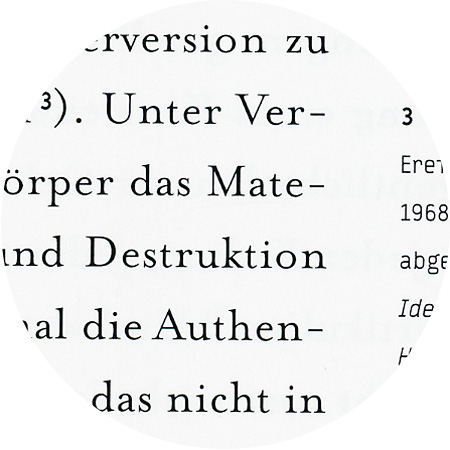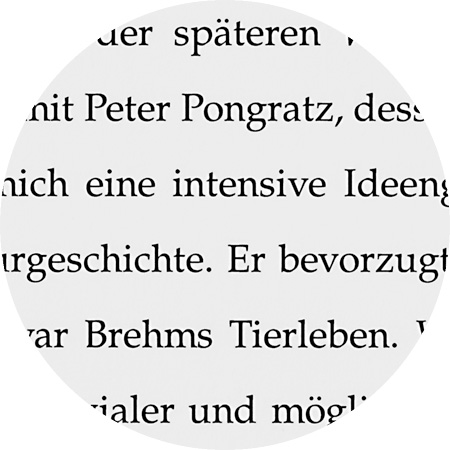October 23th, 2001
Mrs. Eaves
Mrs. Eaves, designed 1996 by Zuzana Licko (*1961). founder of the famous typefoundry Emigre. The typeface is named after Sarah Eaves, the woman who became John Baskerville's wife. As Baskerville was setting up his printing and type business, Mrs. Eaves moved in with him as a live-in housekeeper, eventually becoming his wife after the death of her first husband, Mr. Eaves. Like the widows of Caslon, Bodoni, and the daughters of Fournier, Sarah similarly completed the printing of the unfinished volumes that John Baskerville left upon his death.



